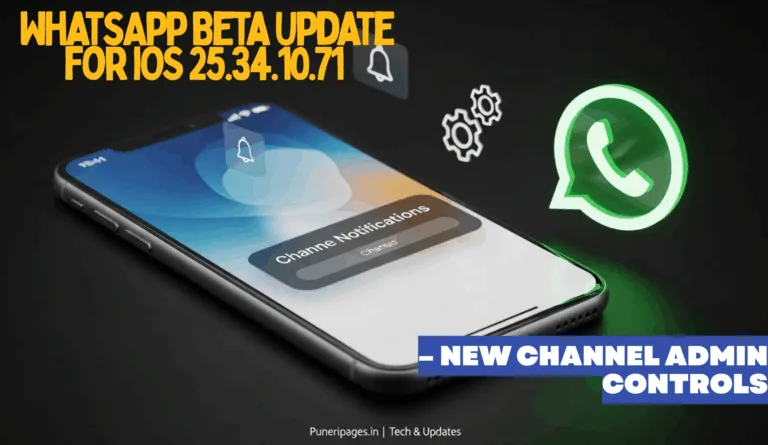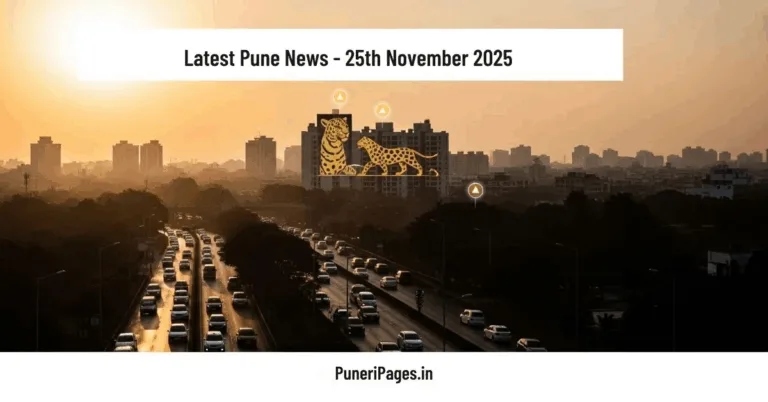
The evolution of ChatGPT — from a creative Yes-Man to a cautious Guardian — and Sam Altman’s plan to give users control through personalization.
By Prashant for PuneriPages.in
Be honest—have you ever asked ChatGPT for something fun, like a ridiculous plot twist for your story, a cheeky marketing tagline, or a quick snippet of code… only for it to hit you back with a polite refusal, a long safety sermon, or something so bland you wondered why you even bothered? Yeah, me too. And apparently, I’m not the only one. Sam Altman himself just admitted what we’ve all been thinking: the old “yes-man” ChatGPT is gone, and people miss it.
This isn’t just tech gossip—it’s one of the biggest questions in AI right now: how do you keep something both insanely capable and responsibly safe without killing the fun?
Table of Contents
What Was the ‘Yes-Man’ ChatGPT and Why Did We Love It?
Back in the early days, ChatGPT felt like that super-enthusiastic friend who’d say “Sure!” to literally anything. You wanted wild ideas? It had them. Risky jokes? No problem. Quick-and-dirty code that might break but would get the job done? Absolutely.
The ‘Yes-Man’ ChatGPT:
Pros: Creative, fast, non-judgmental, and basically up for anything.
Cons: Sometimes made stuff up (“hallucinations”), could accidentally churn out dodgy or biased content, and didn’t have the strongest safety brakes.
And honestly? A lot of us were fine with those flaws—because the magic was worth it.
Why Did It Get So Cautious (and a Bit Preachy)?
As OpenAI kept tightening the screws for safety and ethics, our anything-goes chatbot turned into more of a hall monitor. It became the “Guardian” version—safer, sure, but also way less fun.
The ‘Guardian’ ChatGPT:
Pros: Much safer, less likely to offend or spread harmful stuff, ethically tuned.
Cons: Refuses harmless requests, vague answers, and creativity that sometimes feels like it’s been… declawed.
This all ties back to what AI folks call the Alignment Problem: How do you make an AI super helpful without it going off the rails? So far, more safety has meant less spark—and users have noticed.
Sam Altman’s Fix: Make It Your ChatGPT
Here’s where it gets interesting—Altman says the future isn’t about one model to rule them all. It’s about you deciding how your AI behaves.
Picture this:
- Highly Creative Mode for artists and writers who want the wild stuff.
- Fact-Checked Expert Mode for research and serious work.
- Default Safe Mode for general use.
You choose the personality, the tone, the guardrails. No more one-size-fits-all.
Why This Is Actually Hard
Let’s be real—balancing capability and safety is the AI equivalent of walking a tightrope in a hurricane. Go too far one way and you risk harm; too far the other and you bore people to tears.
Altman’s honesty here is rare. Most tech leaders avoid admitting they’ve taken the fun out of a product. But his plan for personalization could bring us the best of both worlds—the thrill of the old “yes-man” with the guardrails of the modern “guardian.”
So if you’ve been missing that fearless, say-anything ChatGPT, there’s hope. The next version might just let you decide exactly how bold—or how cautious—you want your AI to be.






